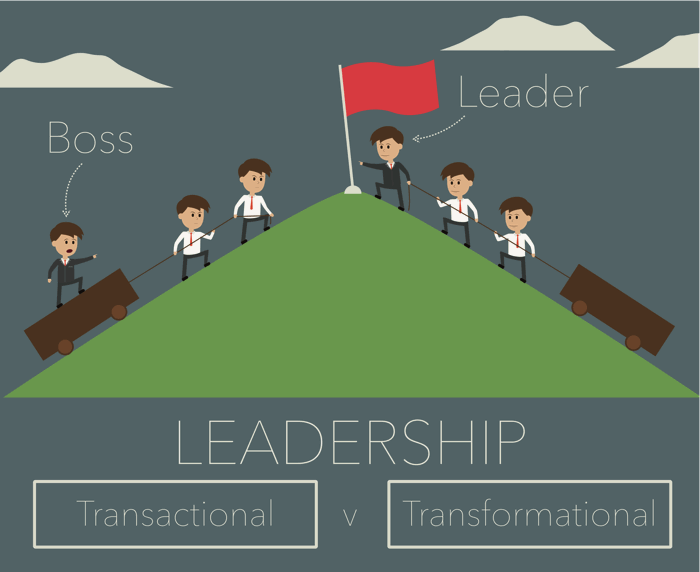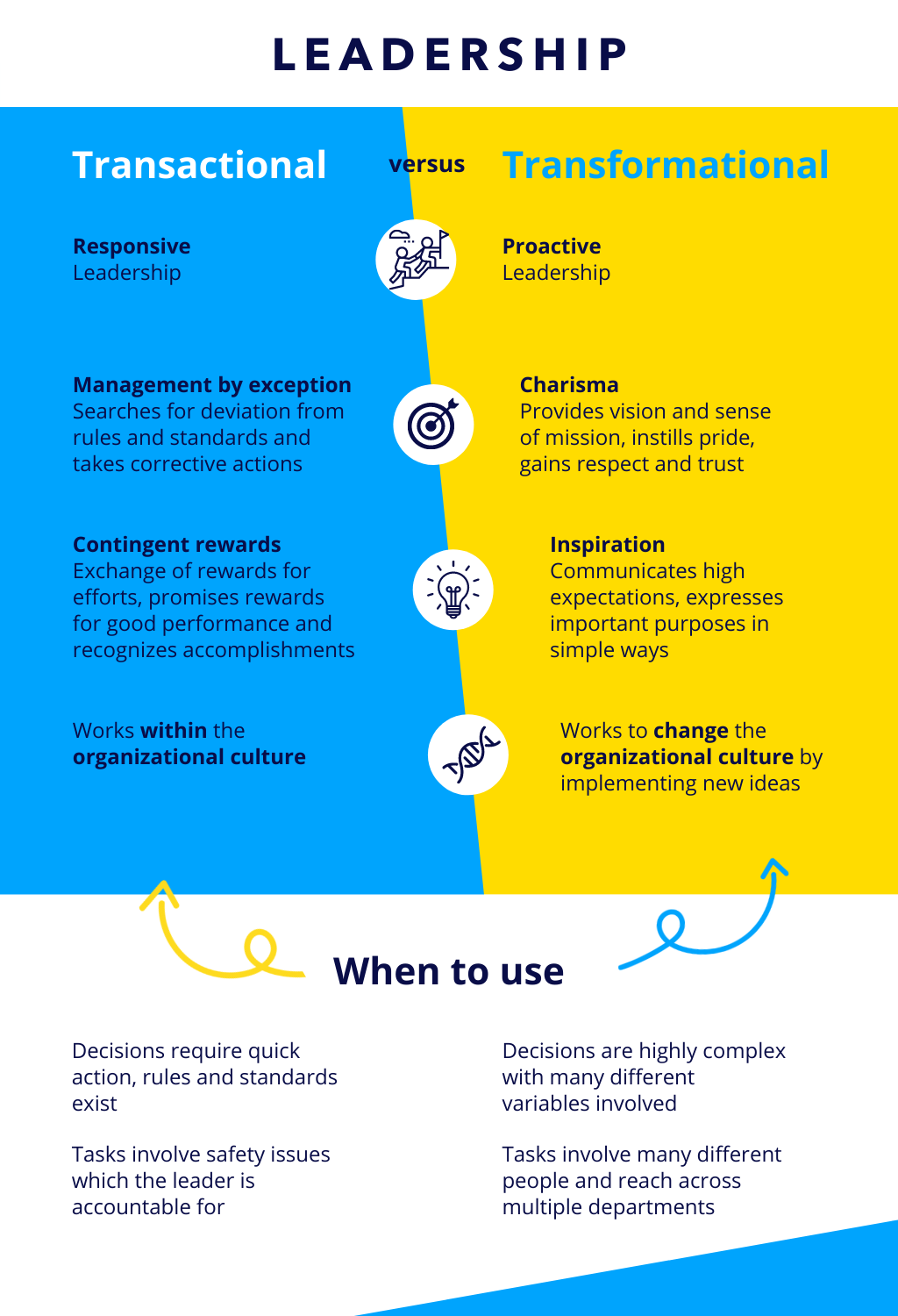Digital Internal Communication: A Great Way to Enable Transformational Leadership to All Employees

Internal communication is an instrument of strategy and helps leaders share their vision and values with employees. Successful communicators create a sense of trust and community with their people and engage them to move the business forward. The direct communication efforts of leaders and managers have always been at the core of successful internal communication.
Managers need the right skills to fulfill their role as an indispensable part of the internal communication chain. But it’s clear that not every manager is a leader. New, highly effective leadership styles like transformational leadership depend on proactive individuals with charisma and vision. But it can also benefit greatly from new digital tools.
Digital internal communication channels like management blogs, video messages, live chats, or employee apps combine many advantages. They’re fast, personal, authentic, and interactive. These powerful channels can multiply the reach and influence of transformational leaders within every organization.

Transactional versus Transformational Leadership
To what extent is an employee engaged and to what extent is he or she committed to their company? How can a leader motivate an employee to accomplish extraordinary achievements? Prevailing management styles decisively influence the performance and motivation of employees. Leadership expresses the core values of a company and reflects the amount of value given to employees within an organization.
This relationship can be described and explained in more detail with the aid of so-called leadership models. The transformational leadership model has proven itself empirically and is thus particularly relevant in practice. By contrast, there is the conventional, so-called transactional approach to leadership.
This Is How Transactional Leadership Looks
Indeed, the term “transaction” plays an important role in regard to this leadership style. Herein, the transaction is an exchange of services and rewards between employees and the management team. The goal of the management is to actualize the interests of the company. Employees, on the other hand, will receive rewards for these services in the form of pay raises, training, promotions, or other extrinsic incentives, such as a company car or a company cell phone. As such, this is a clear exchange, and therefore depends on the assumption that people are rational decision makers. In addition, management takes a more passive role apart from offering the respective reward and only intervenes when it is urgently needed.
Thus, there are clear targets for action and the employee enjoys certain freedoms and few interventions by the executive team. However, extrinsic factors are a limited incentive for many people. The pursuit of rewards may thus subside over time. In addition, reward resources are of course limited. Under transactional leadership, it is hard to create additional incentives for employees who are already receiving great pay.
Transformation Through Transformational Leadership
Transformational leadership theory goes a significant step further. The goal of this kind of leadership is for a transformation to take place within the employee. They will start to set higher goals for themselves and become driven by more than self-interest. At the same time, the leader plays a much more important role. After all, it is their job to lead their employees to outstanding achievements and new heights. As such, one can partially attribute above-average performance to each employee’s relationship with his or her superior. According to this theory, employees experience a high level of trust, loyalty, admiration, and respect for their superiors. This motivates them to deliver peak performance. In transactional leadership, incentives are therefore rather of an intrinsic nature.
Transformational Leadership as the Management Style of the Future
By direct comparison, transformational leadership offers a decisive advantage by speaking to the entire person at the value level. This type of employee motivation therefore runs much deeper. Simultaneously, the leader is much more challenged. After all, he or she needs to posses a large dose of charisma and the corresponding social and communicative skills so as to earn the admiration, loyalty, and respect of his or her employees. Without a vision, a transformational leader will not be successful. His or her vision is the red thread for the employees to measure their efforts.
Can Transformational Leadership Be Taught?
The complex requirements imposed on leaders constitute the greatest challenge of this new approach to management. Many providers of leadership development seminars and management workshops suggest the contrary, but charisma is hard to teach and not everyone has a visionary streak. How can this concept nevertheless be used within a business? More than ever, executives are required to master transformational leadership, because first-class communication skills are now one of the key requirements for the top management of large companies.
Employee Communications via Digital Channels Becomes a Core Competence
New, faster, and more direct formats such as internal social networks, videos, management blogs, and live chats require leaders who are authentic, charismatic, and honest. No one can hide behind a communications department, which creates polished internal “press releases” and thus blasts the workforce via one-way channels.
You will not be able to turn every frontline manager into a transformational leader. This is also not necessary, because the transformational component can also come from middle or top management. This is possible only if the new digital channels can actually reach employees. That is the reason why we don’t see digital channels such as intranets and employee apps as merely a source of information, but as a central tool for a new kind of leadership style that creates employee motivation.









